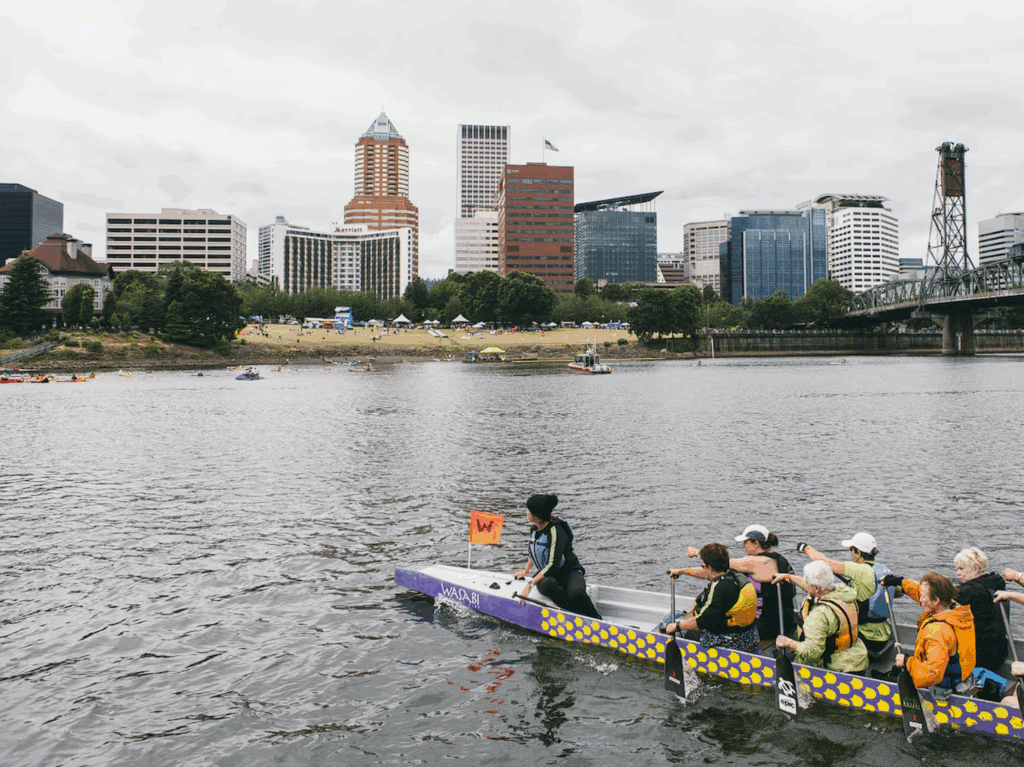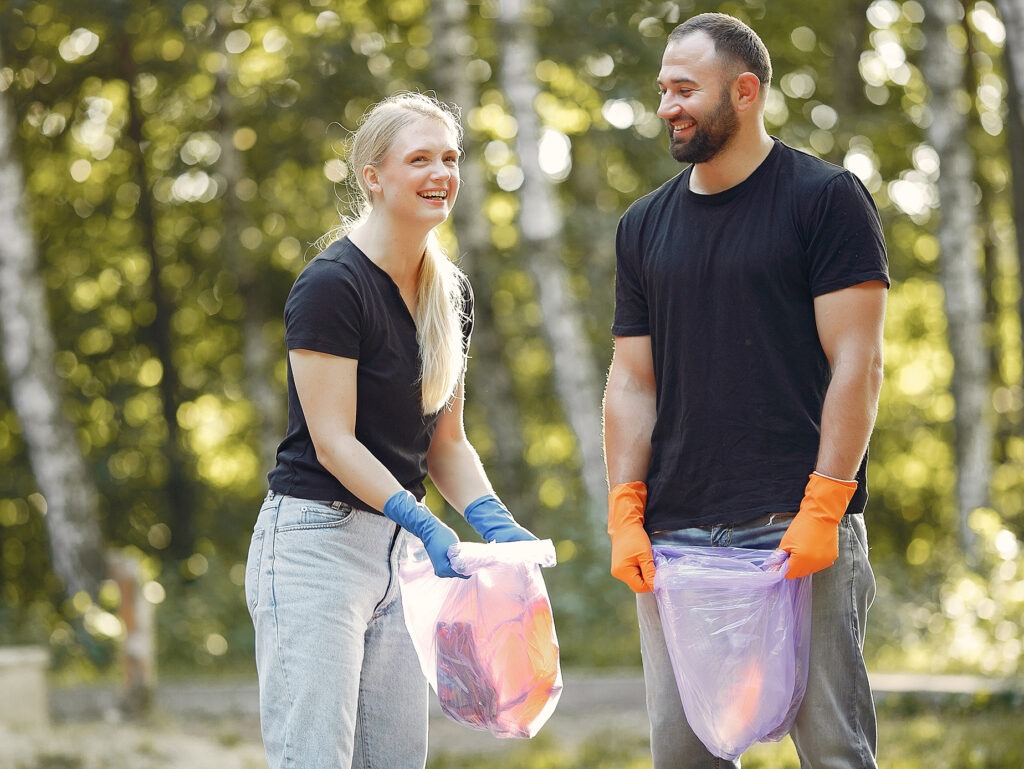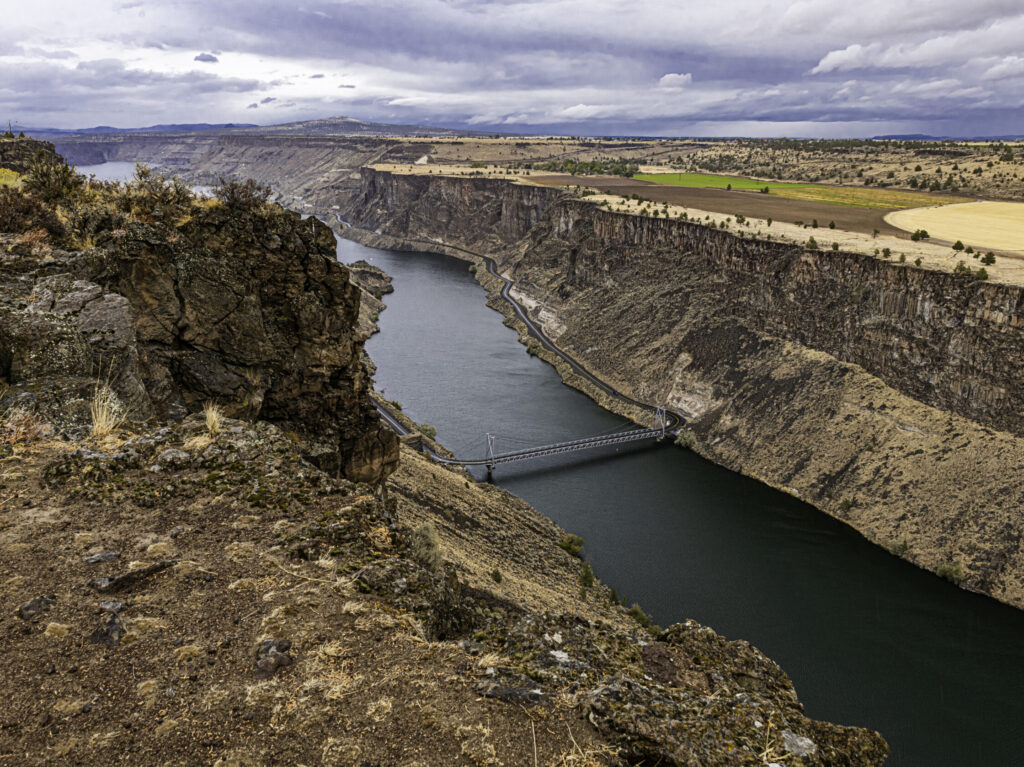Microplastics
Author
Posted
Share


Microplastics are tiny particles that result from both commercial products and the breakdown of larger plastics. As a pollutant, microplastics can be harmful to humans, the environment, and animal health.
Microplastics are getting more attention here in the Columbia basin—researchers at PSU are hoping to understand how they cycle through our water and air. The sources may surprise you! Hopefully, with a better understanding of where microplastics come from, we can all do our part to keep them out of our rivers.
Learn more about PSU’s work here: https://www.opb.org/article/2022/06/21/researchers-track-microplastic-pollution-columbia-river-basin/
https://education.nationalgeographic.org/resource/microplastics

Related Posts
Oregon Water Stories: Multnomah County
Oregon Water Stories is a project of PSU Professor Melissa Haefner’s freshman inquiry class, running…
Celebrating Earth Day 2025
Happy Earth Day 🌎 🌍 🌏 You can make an impact today—and every day—by connecting…
Oregon Water Stories: Jefferson County
Oregon Water Stories is a project of PSU Professor Melissa Haefner’s freshman inquiry class, running…




